Pagani has reworked the Huayra hypercar to create an ultra-exclusive and highly distinctive tribute to historic racing cars.
Called the Huayra Codalunga - meaning ‘longtail’ in Italian - the model is based on the Pagani Huayra coupé but has a completely redesigned body.
The design is inspired by the long-tail Le Mans racers of the 1960s and features extended, flowing bodywork and obvious retro cues. The engine cover alone is 360mm longer than the one on the standard Huayra and has a footprint of more than 3.7 square metres.
As well as its definitive extended rear deck, the Codalunga features a redesigned front bumper with a widened front grille intake and a revised splitter. The side opening is reminiscent of the Huayra Roadster, while twin air intakes reach over around the side of the cabin to suck air into the engine.
At the rear, the Huayra’s typical L-shaped brake light set-up has been replaced by a row of three lights, while the lack of a rear grille allows for an unobstructed view of the Codalunga’s titanium exhaust system.
As with other Huayras, the deep recesses in between the raised light clusters at the front and the back are home to two pairs of movable flaps that provide active aerodynamic functionality. Despite the extra bodywork, the Codalunga weighs 1280kg - 70kg less than the standard Huayra.
Under the bonnet is the 6.0-litre twin-turbo V12 from the Pagani Huayra Imola, producing 827bhp and 811lb ft of torque, which is sent to the rear wheels through a seven-speed sequential gearbox.
There’s no word on performance figures, but we expect it to match the Pagani Huayra BC’s 0-60mph time of 2.3sec and its top speed is likely to exceed 220mph.
The car's interior remains similar to the standard Huayra's. The seats are finished in woven leather and nubuck upholstery, while the dashboard details are milled from a single block of aluminium.
Just five cars will be produced, at a price of €7 million each - equivalent to just under £6m - with all examples already sold.
The idea for the car originated in 2018, when two car collectors asked company founder Horacio Pagani to produce a long-tail version of its flagship model. Pagani’s Grandi Complicazioni special projects division then worked with the clients over two years, building both a quarter-scale model and a full-sized model to finalise the design.
Horacio Pagani said: “The Huayra Codalunga comprises very few essential elements. We have taken away rather than added. Simplifying is not at all straightforward, and this vehicle is, above all, the result of a complex pursuit of simple ideas.”

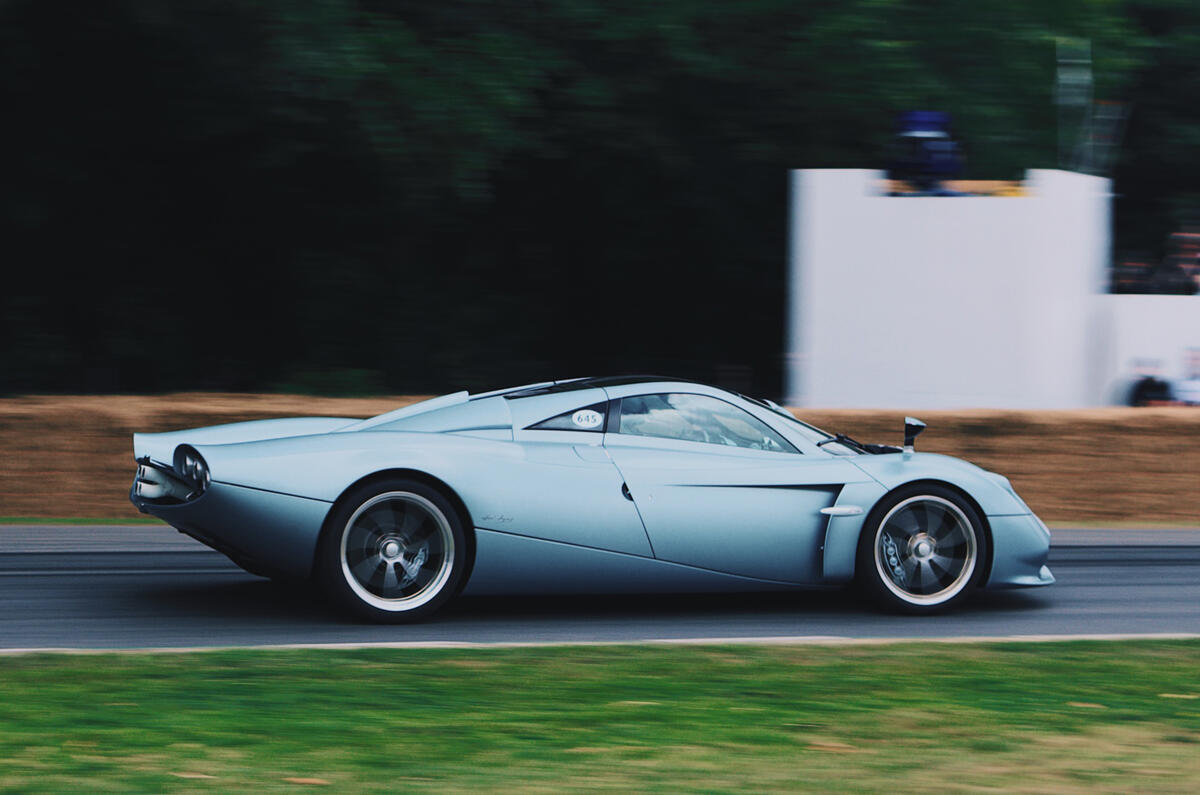
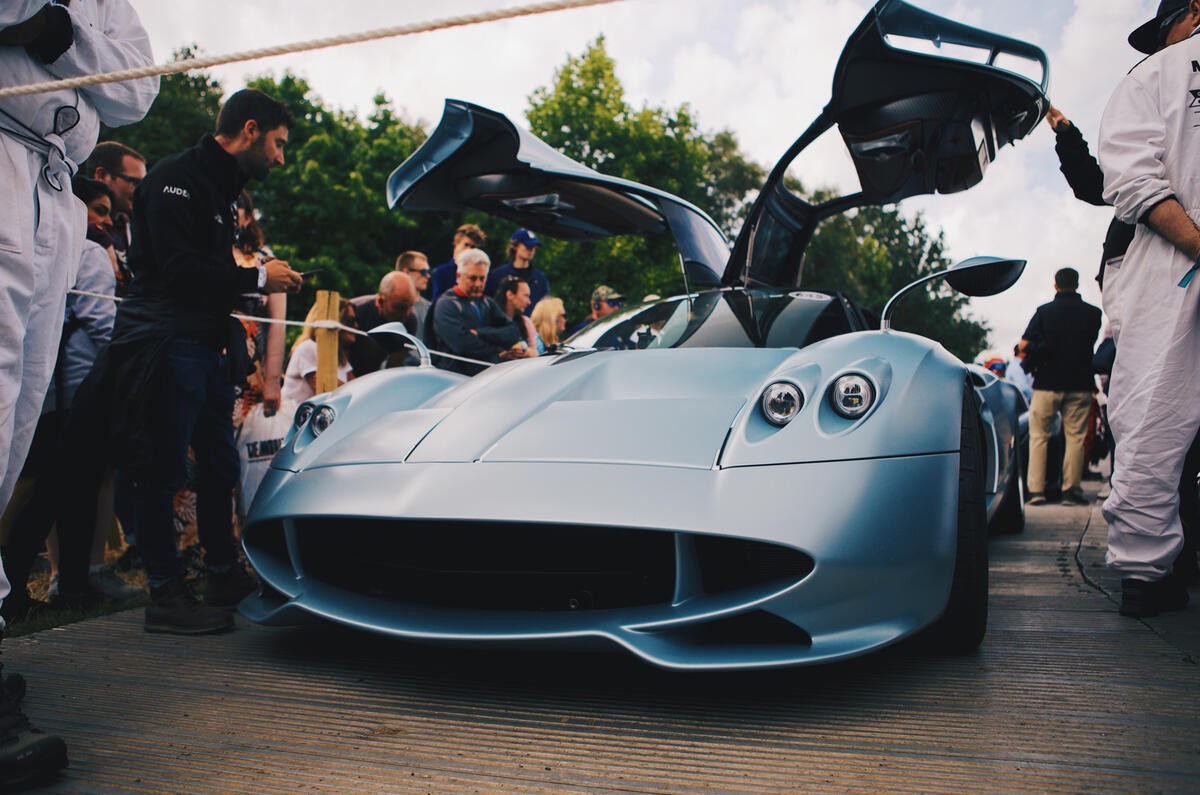
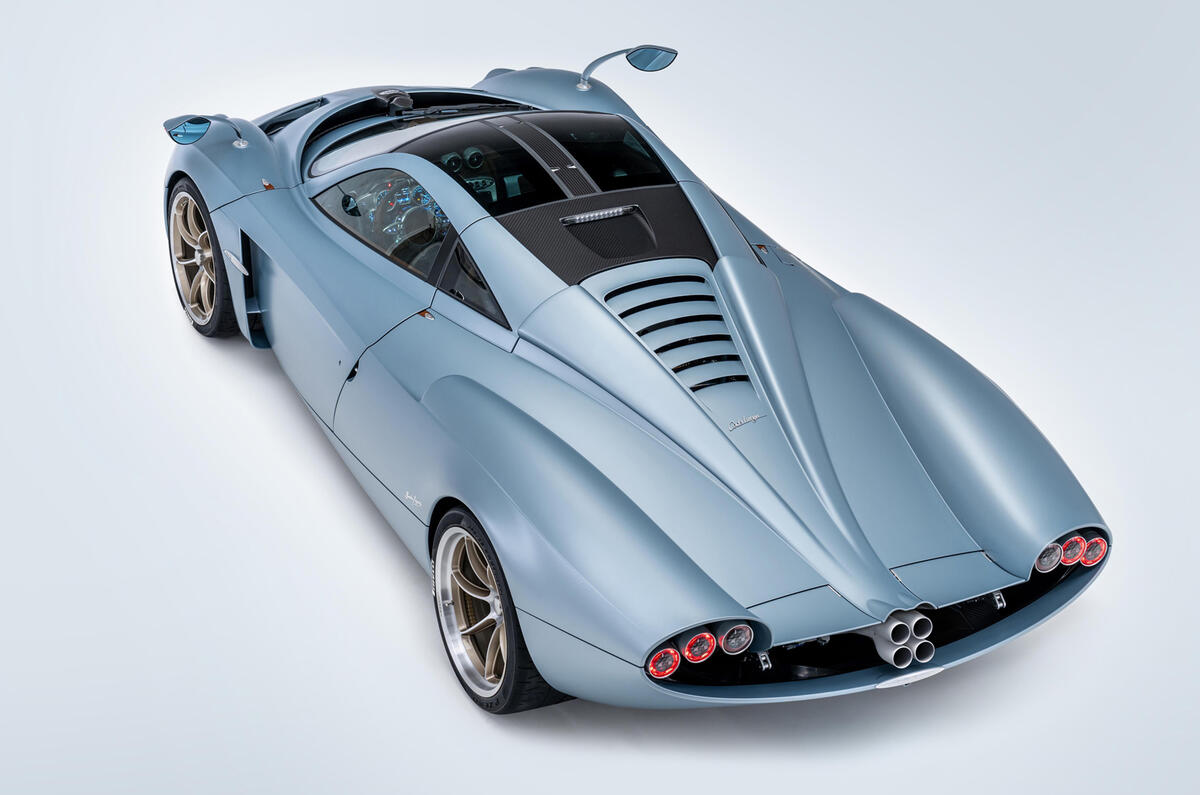
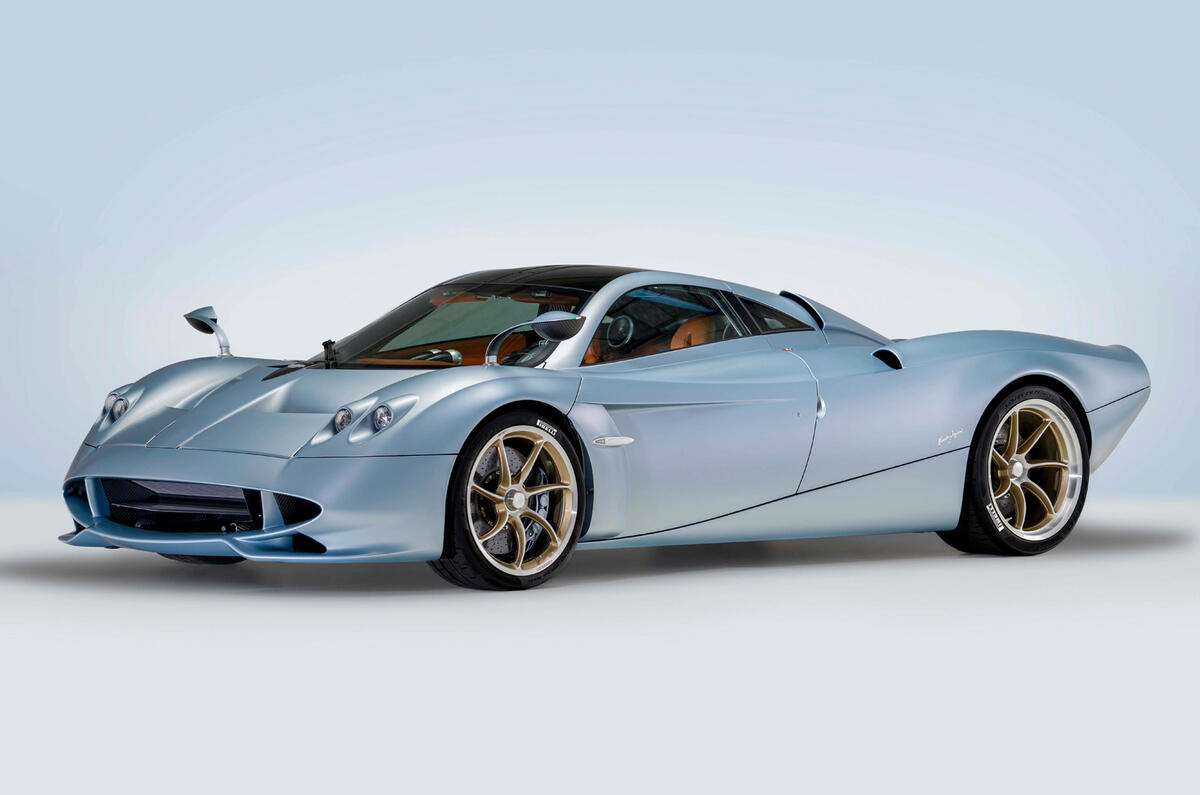
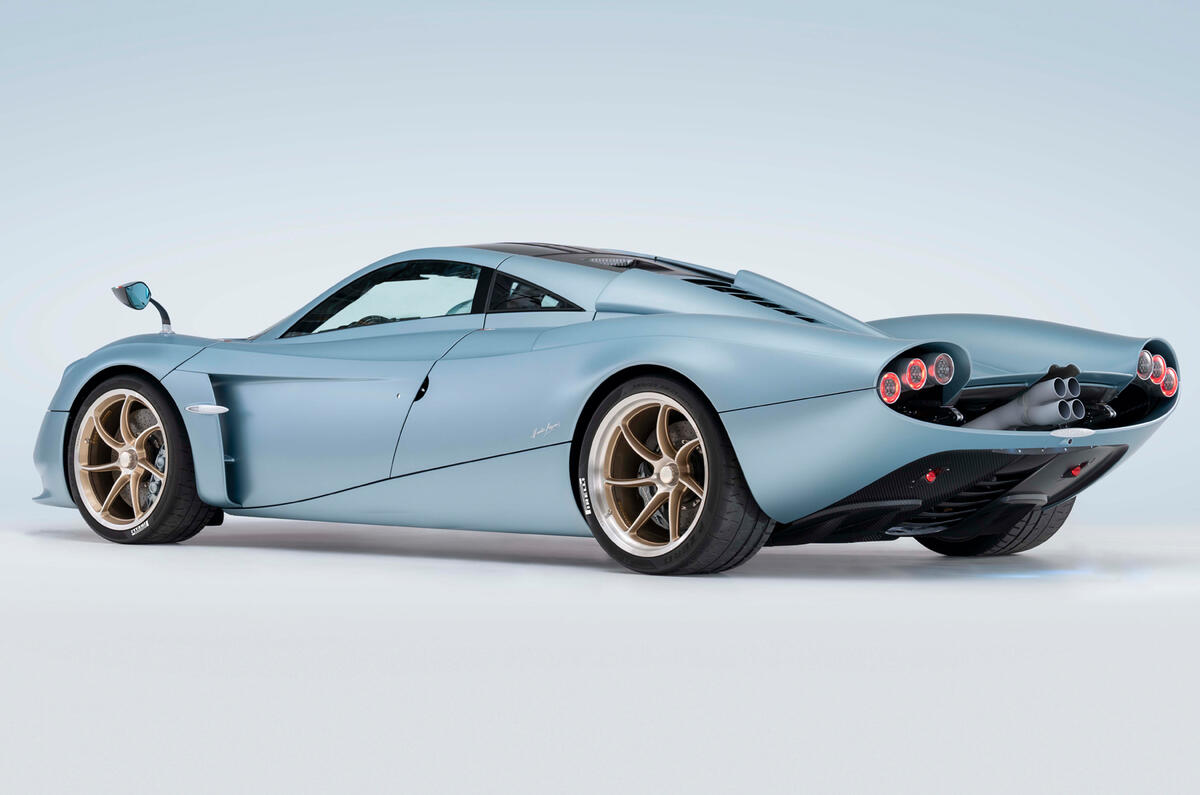

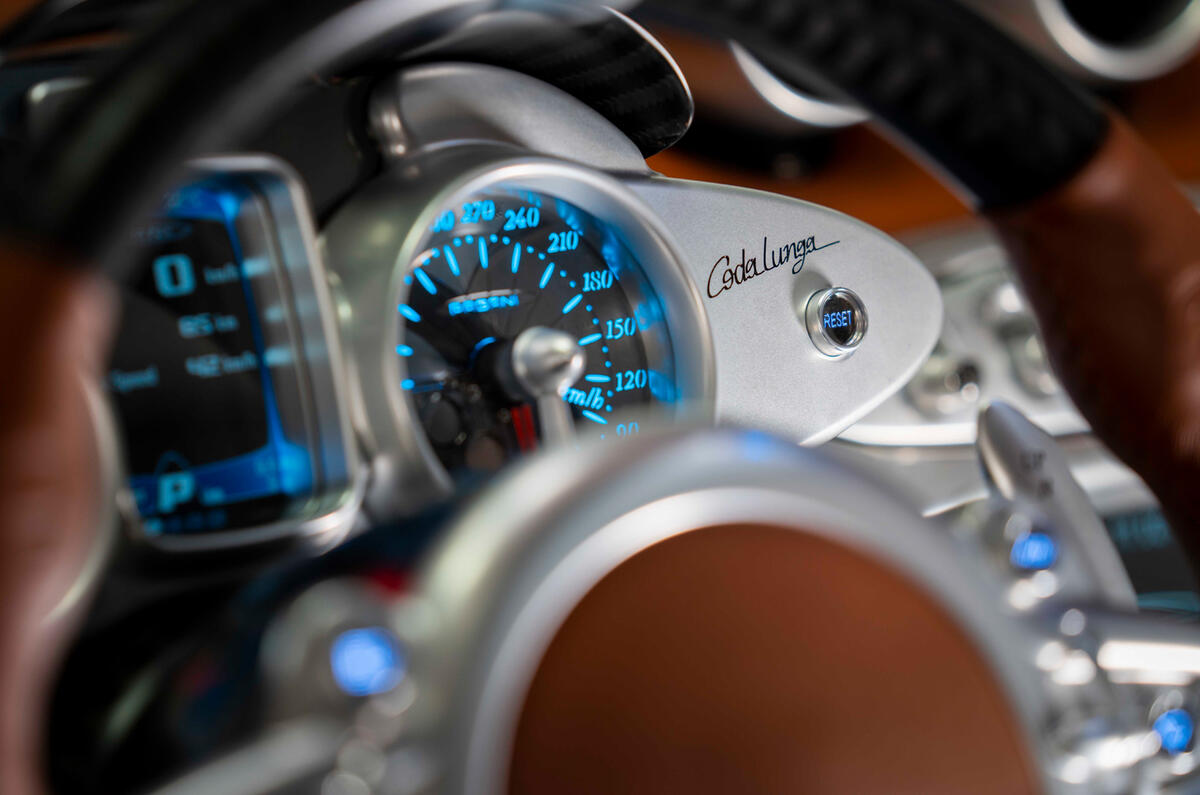
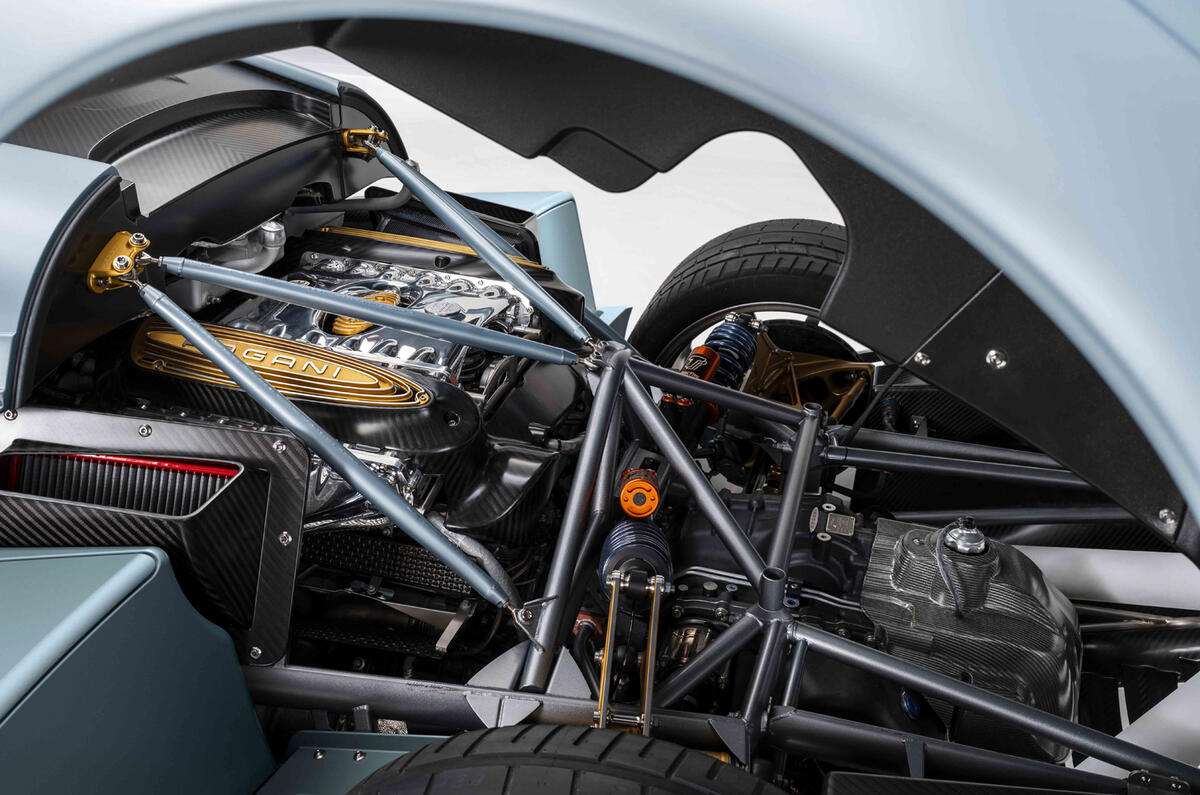
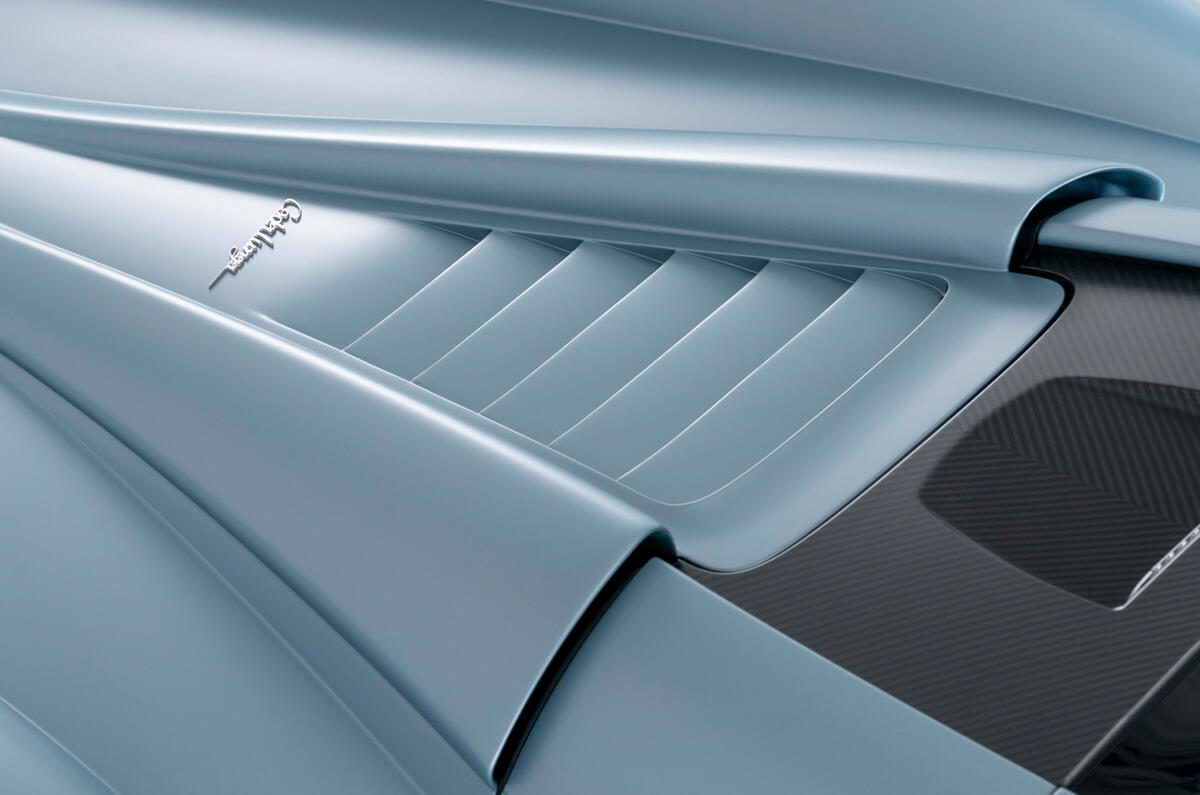
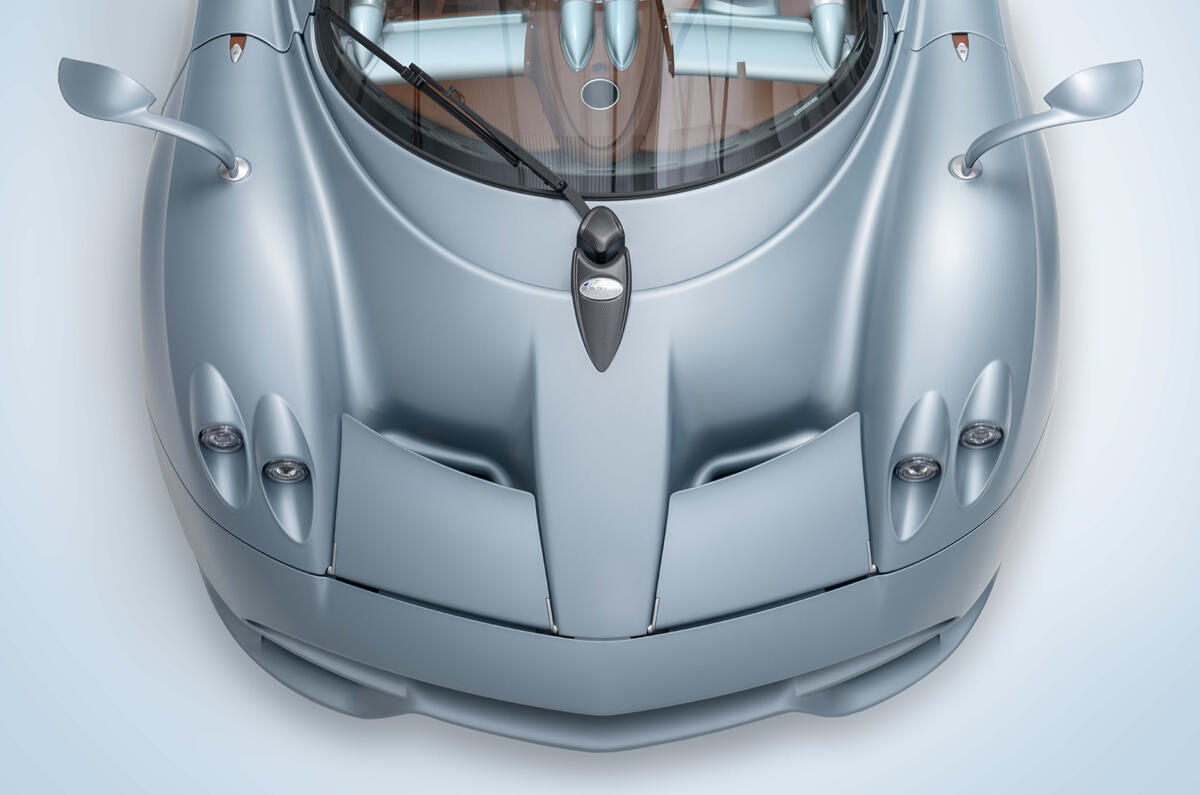
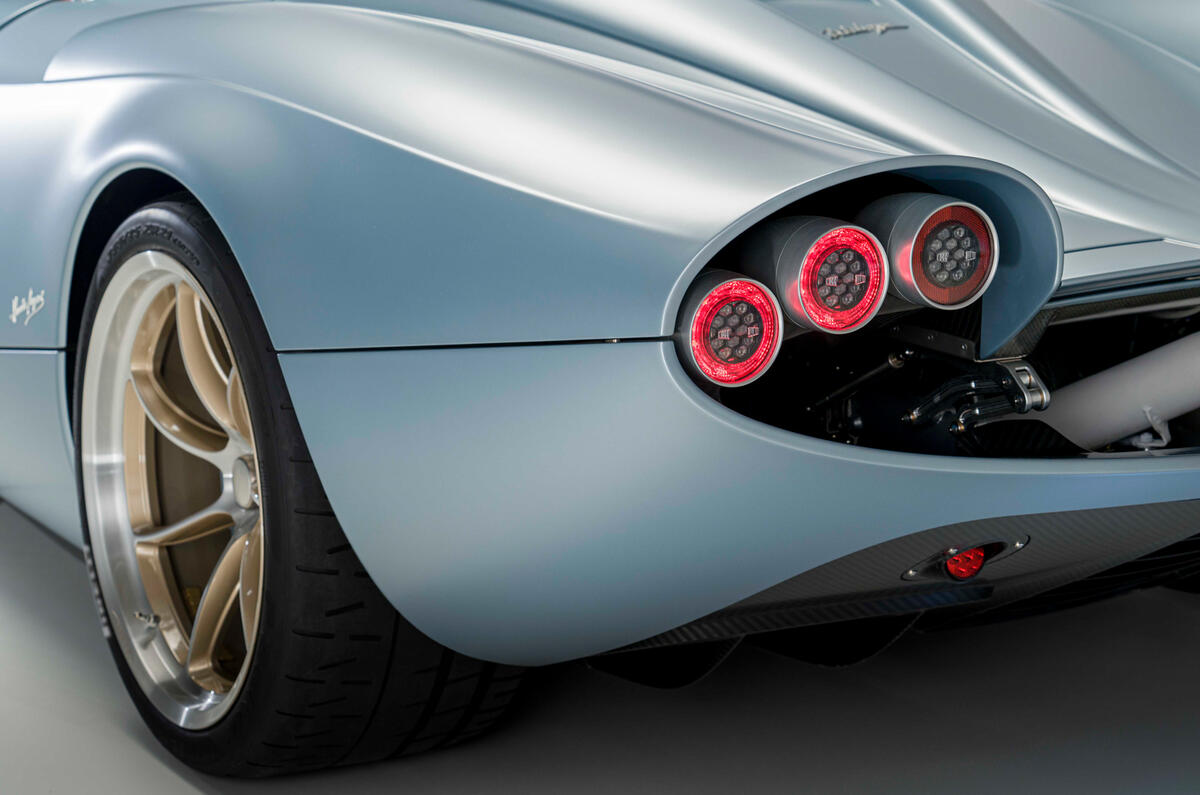
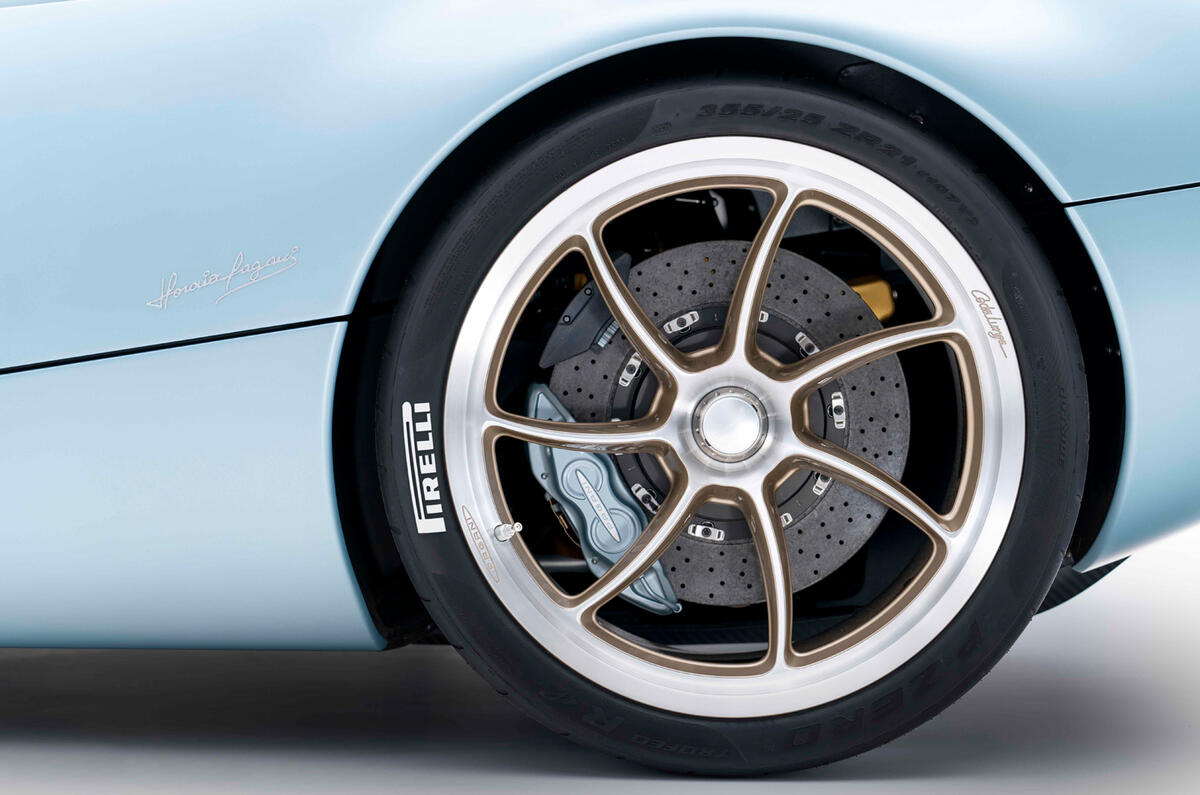
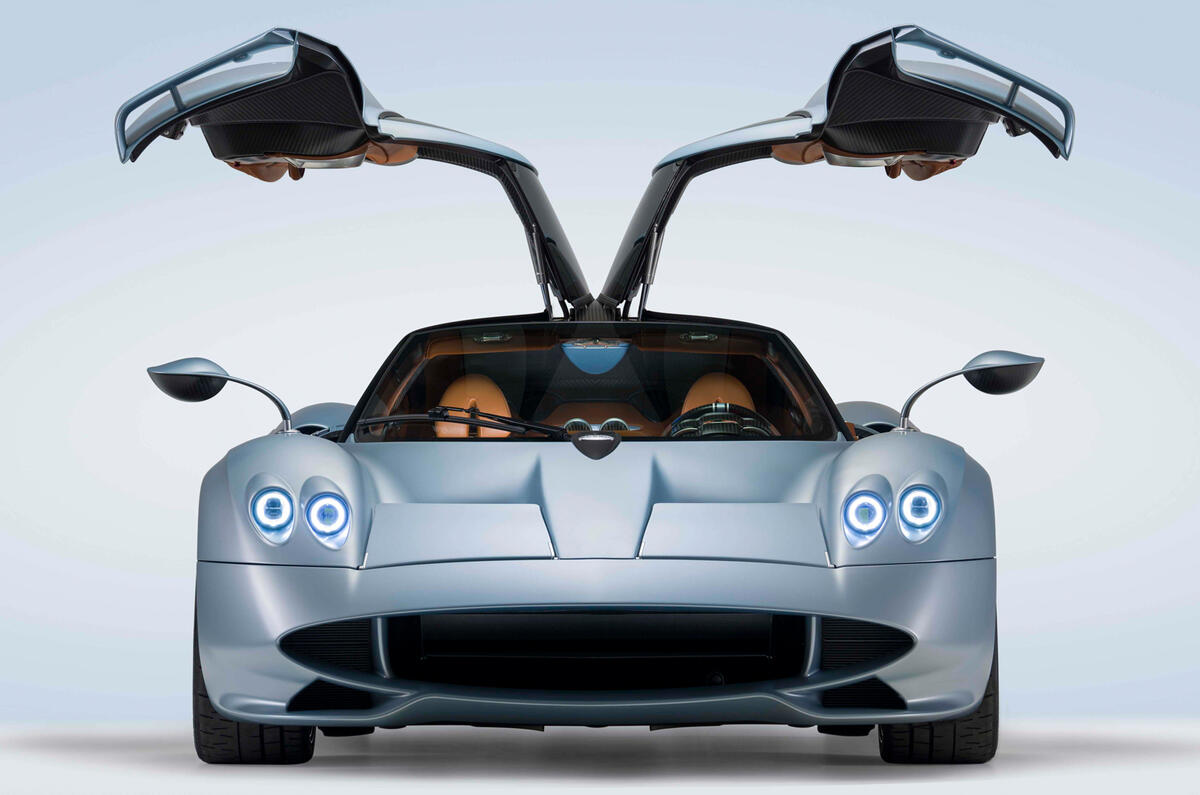
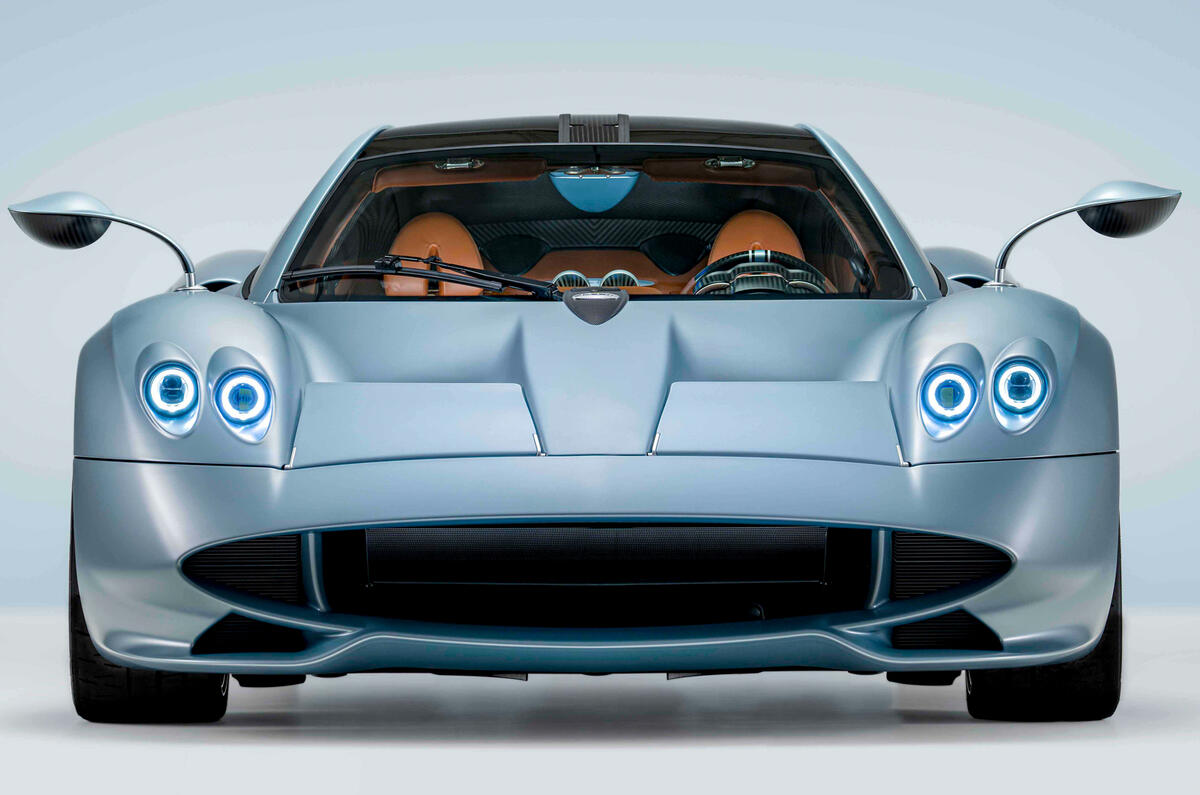

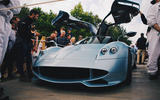
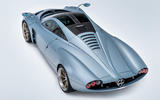
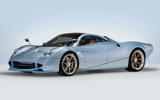


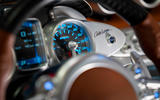
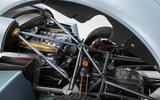

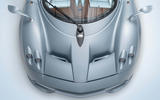
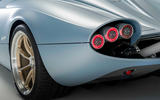
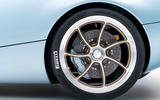
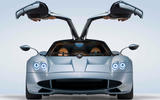
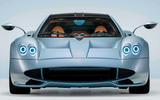


Join the debate
Add your comment
A big, wide modern supercar, with a ridiculously fussy and OTT interior, has nothing in common with 60s racers.
That is exquisitely gopping.
60's looking you say, and that's where this monstrosity should be transported back to.